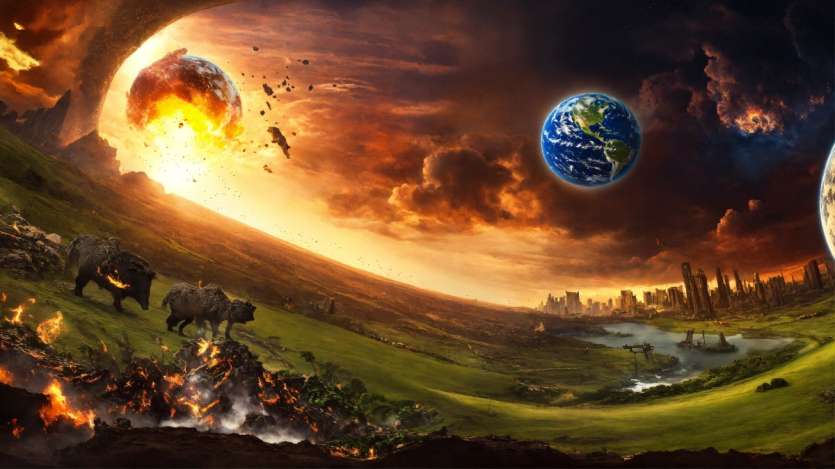
Image Source : social media
The study, which reviewed more than 450 research papers spanning 30 years, claims a significant portion of Earth’s biodiversity is at risk of extinction by the end of the century.
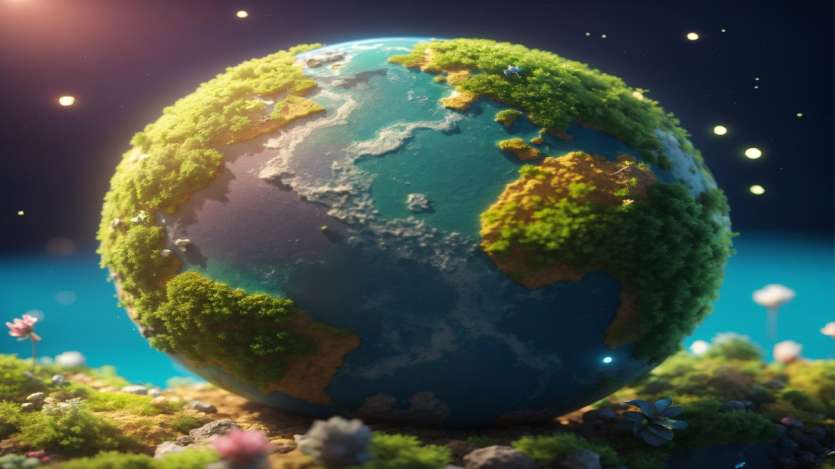
Image Source : social media
If current greenhouse gas emissions continue unchecked, one-third of Earth’s species could become extinct by the year 2100, according to the findings published in Science on December 5.

Image Source : social media
A 1.5°C increase in global temperatures could still put about 180,000 species – 1 in 50 worldwide – at risk of extinction.
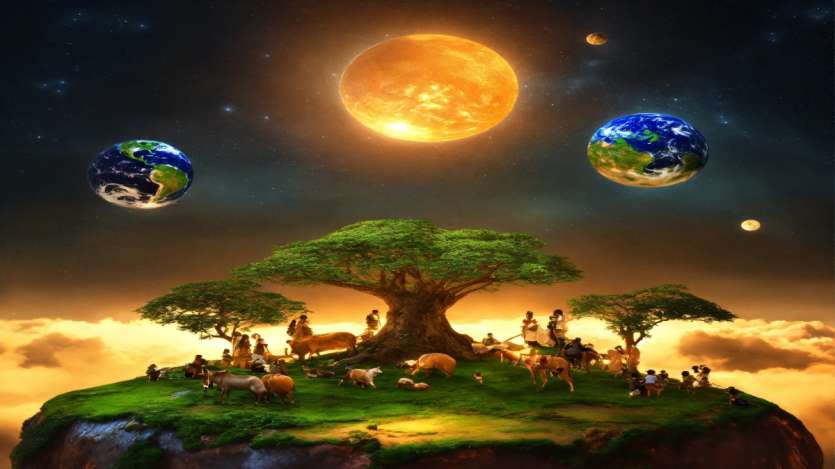
Image Source : social media
Research conducted by Mark Urban, a biologist at the University of Connecticut, analyzed the impact of different warming scenarios on the survival of the species.
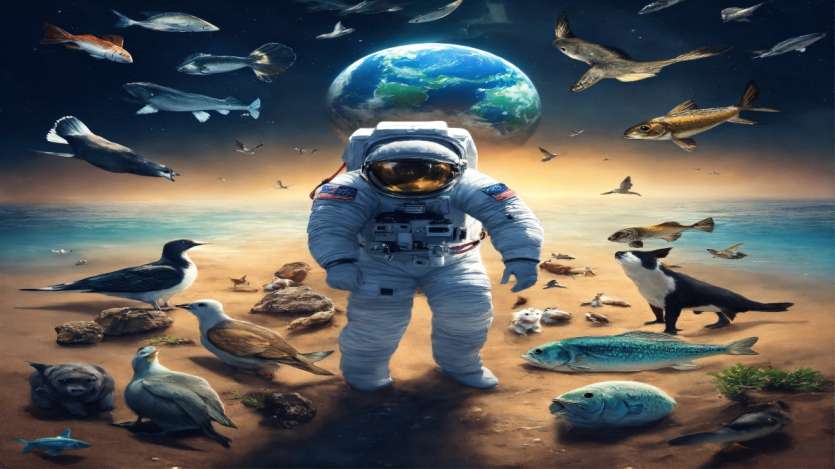
Image Source : social media
The natural habitats of mammals, birds and amphibians around the world have been lost by an average of 18 percent. This loss may increase by about 23 percent in the next 80 years.
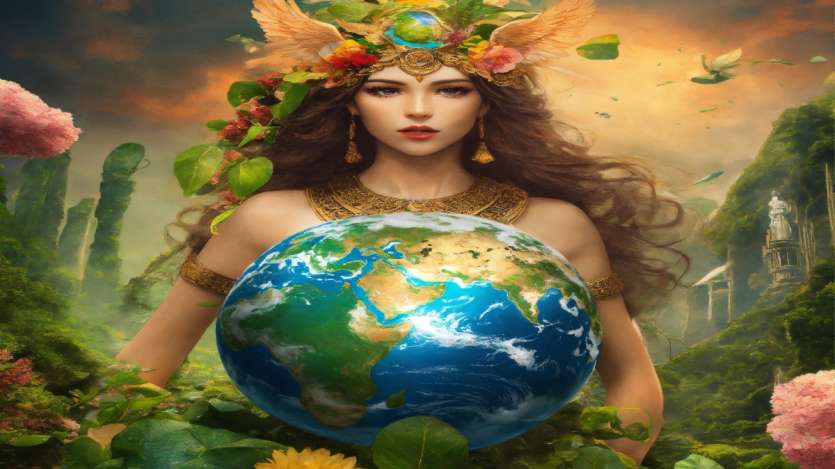
Image Source : social media
The extinction of a species depends on how endangered the species is. A better understanding is required to formulate effective conservation strategies.
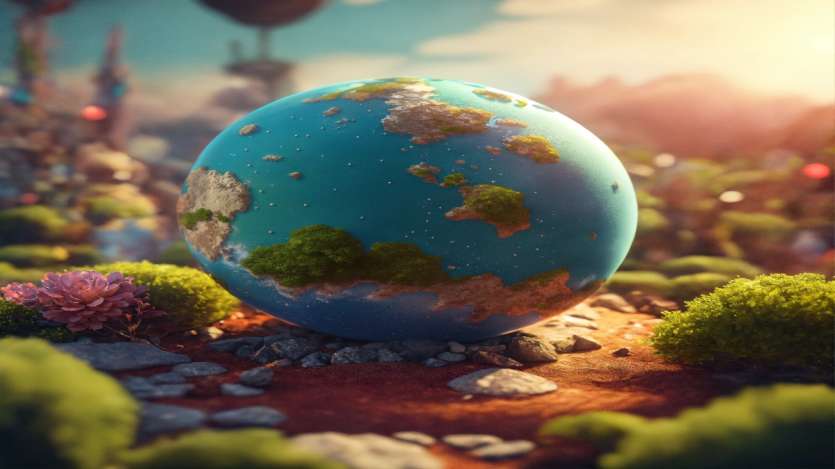
Image Source : social media
Bad climate will put us in a situation of real disaster. Sea level rise could exceed 80 centimeters. Flooding of coastal cities and disappearance of areas is also possible.

Image Source : social media
The African elephant could disappear within two decades if urgent action is not taken to save one of the world’s most iconic animal species.
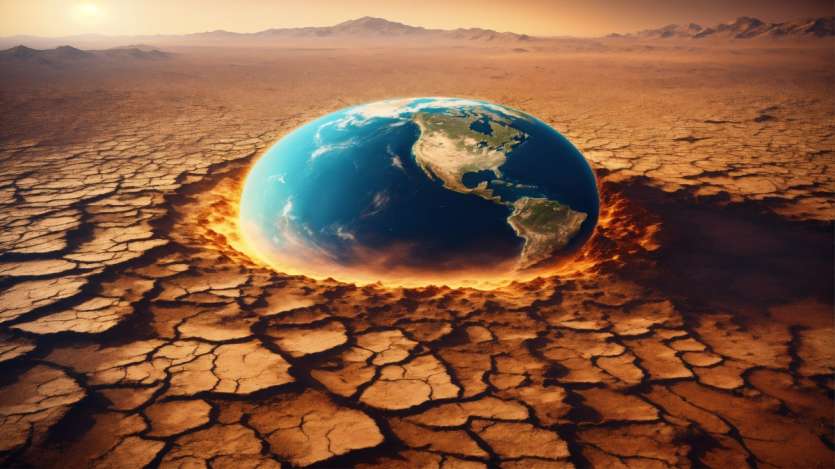
Image Source : social media
Scientists at England’s Brister University have said in their recent research that humans and all other mammals will become extinct in the next 250 million years.
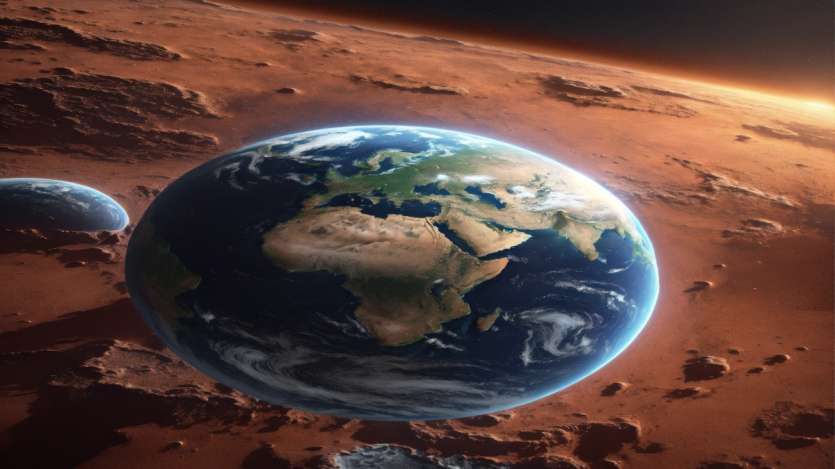
Image Source : social media
Within 100 years, many species may become extinct or highly endangered. Krill, blue whales, hawksbill turtles and ringed seals are at risk of extinction in the next century as their food and habitat disappear.





















